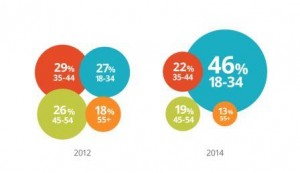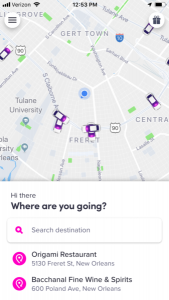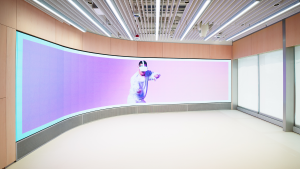It’s been a year filled with many changes and adjustments, particularly when it comes to the way we work. Now that more than a year has passed since the initial lockdowns due to the pandemic, we decided to take some time to reflect on some of the most important things we learned about ourselves, our employees, and what it takes to be successful in working in a remote, distributed way.
- Employee Recognition is More Important than Ever
If you as a manager, or your organization, aren’t giving regular kudos to employees by now, you’re way behind the curve. This might be the most important thing we’ve learned at Ten Spot this year, especially after seeing survey results that revealed 63 percent of employees don’t feel like they get enough praise at work, and that nearly 40percent of workers feel that something their employers can do to help them overcome the challenges of working from home is to recognize and reward them. Recognizing your employees for their successes—no matter how big or small—can go a long way in making them feel appreciated.
- Having a Dedicated Workspace at Home is Critical
Whether it’s an office, a closet converted into an office, or your dining room table people need their own dedicated space to work from if they want to be productive and, ideally, avoid a constant stream of interruptions. Working in front of the TV or from the bed just don’t cut it after a while – especially if Netflix or a nap are calling.
Additionally, for many, it’s been hard to “turn off” work this year since it’s all happening at home. Ten Spot has found that when employees have a dedicated space where only work happens, it means that once they leave that space they are done for the day, getting some semblance of work/life separation that is so critical to mental health and wellness.
- When to Take a Break from Work, and When to Turn Work off
Taking a couple of small breaks during the day and time away from your desk for lunch – even if it’s just 15 to 30 minutes – has helped our employees feel more energized and productive when they return to their workspace. Employees can use their breaks for whatever they need, but personally, I like to take a brisk walk outside or get in ten minutes of meditation.
Once employees are off the clock, we encourage them to stay off the clock. This is crucial to help create healthy boundaries with work. This means not checking email, or doing anything work-related when it’s the weekend or if you’re on vacation.
- Communication is Still Key, But it Needs to Be Customized
The way you communicate with your team doesn’t need to be the same for everyone. Text, email, Slack, or phone? Which mode of communication are you more likely to respond to? Understanding what mode of communication our team members prefer – since some people do much better when they see things in writing and others do better with verbal communication – has really helped our company maintain the same level of efficiency and productivity that we had when we were all working in the office together.
- Regular Icebreakers Have Helped Us Bond and Build Company Culture
For some of us, Zoom calls might still be awkward, and many more of us might just find them plain boring. Ten Spot has found that starting our meetings with regular Icebreakers has helped to recreate a way for employees to truly connect in a virtual work world, removing the awkwardness of getting meetings off the ground. They might seem a bit cheesy but they’re an easy way to create connections in the distributed workforce – we’ve gotten to know our coworkers better by talking about first concerts, favorite movies, hidden talents, and more!
Just because what we learned was specific to working remotely, it doesn’t mean that now, just because things are starting to open back up again, that we will abandon them. In fact, while we believe people will be heading back into the office soon, we believe that many companies will continue to adopt, and adjust, to what has become the new hybrid workplace culture.
Business & Finance Articles on Business 2 Community
(29)
Report Post



